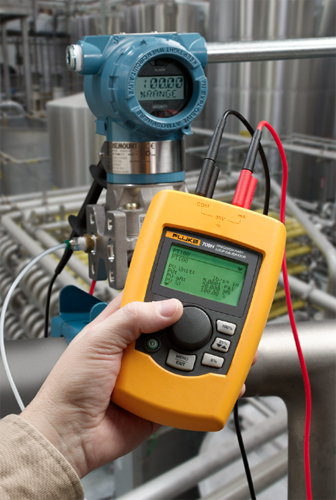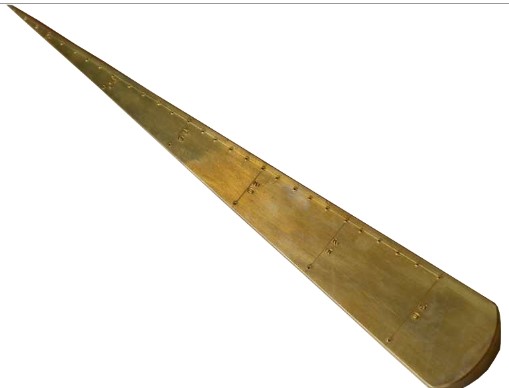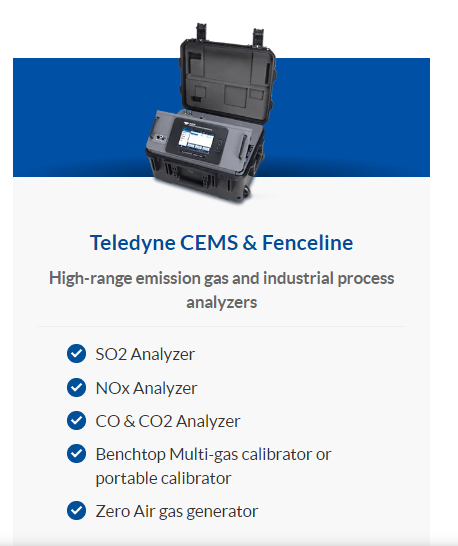
Process instrument Calibration
LThe demand for electrical calibrations has grown steadily over the years, with ISO 17025-compliant calibrations being required in some countries. Traditional ISO 9000 manufacturer calibrations are losing favor, and a globally recognized, state-accredited ISO/IEC 17025 calibration laboratory is established to cover this increasing demand professionally.
Calibration involves measuring physical quantities and comparing the results from the test object with a suitable and traceable reference measuring instrument under defined, reproducible conditions. Verification compares a device's measurement results with limit values, such as published tolerances, and the interpretation of these results, determining whether the device is still within the tolerance range. Adjustment reduces the deviation between the measured values of the test instrument and a reference instrument, necessitating a change in the test instrument.
There is no general rule for when and how frequently a test instrument should be calibrated, but the user must determine whether their test equipment is still suitable for the application. Manufacturer's recommendations serve as a useful guide in determining calibration intervals. The field of application of the test device is an important consideration, as it must meet different requirements than those used in protection technology.
Calibrating testing equipment annually is quite common and useful, even if neither ISO 9001 nor ISO 17025 make it mandatory. However, the standards clearly require testing equipment to function with sufficient accuracy for an intended purpose.
The Fluke 87V Industrial Multimeter, Fluke 179 True-RMS Digital Multimeter, Fluke 117 Electrician's Multimeter with Non-Contact Voltage, Fluke 87V MAX True-rms Digital Multimeter, Fluke 87V Industrial Multimeter, Fluke 279 FC, Fluke 279 FC True-rms Thermal Multimeter, Fluke 117 Electrician's Ideal Multimeter with Non-Contact Voltage, Fluke 115 Digital Multimeter for Technicians, Fluke 177 True-RMS Digital Multimeter with display backlight, Fluke 28 II TRMS Rugged IP67 Digital Multimeter, Fluke 116 HVAC Multimeter with Temperature and Microamps, Fluke 287 True-RMS Electronics Logging Multimeter, Fluke 3000 FC Series Wireless Multimeter, Fluke 114 Electrical Multimeter, Fluke 113 Digital Multimeter, Fluke 233 Remote Display Digital Multimeter, Fluke 83V Average Responding Industrial Multimeter, Fluke 28 II Ex Intrinsically Safe True RMS Digital Multimeter, Fluke 175 True-RMS Digital Multimeter, Fluke 27 II Rugged Digital Multimeter, Fluke 88V Deluxe Automotive Multimeter, and Fluke 77 IV Digital Multimeter are all available for purchase.




